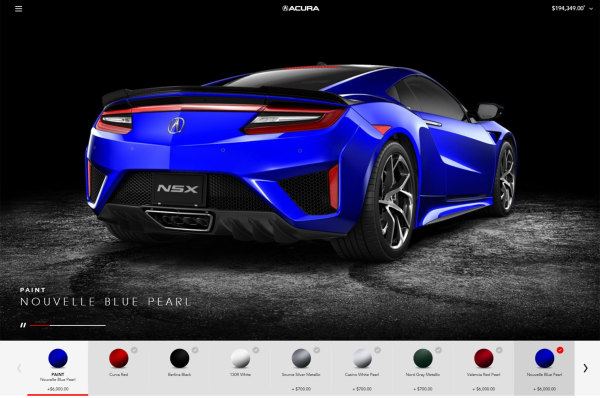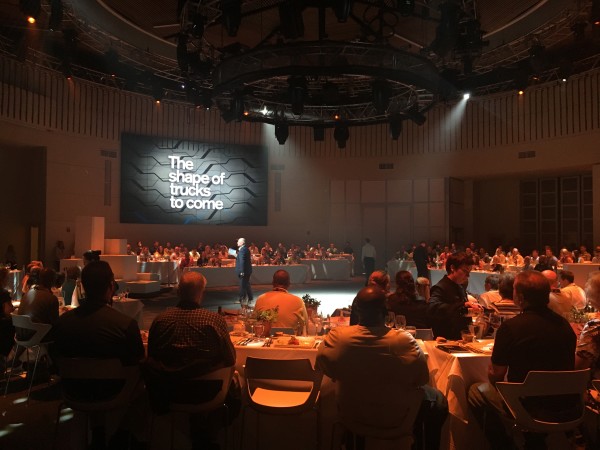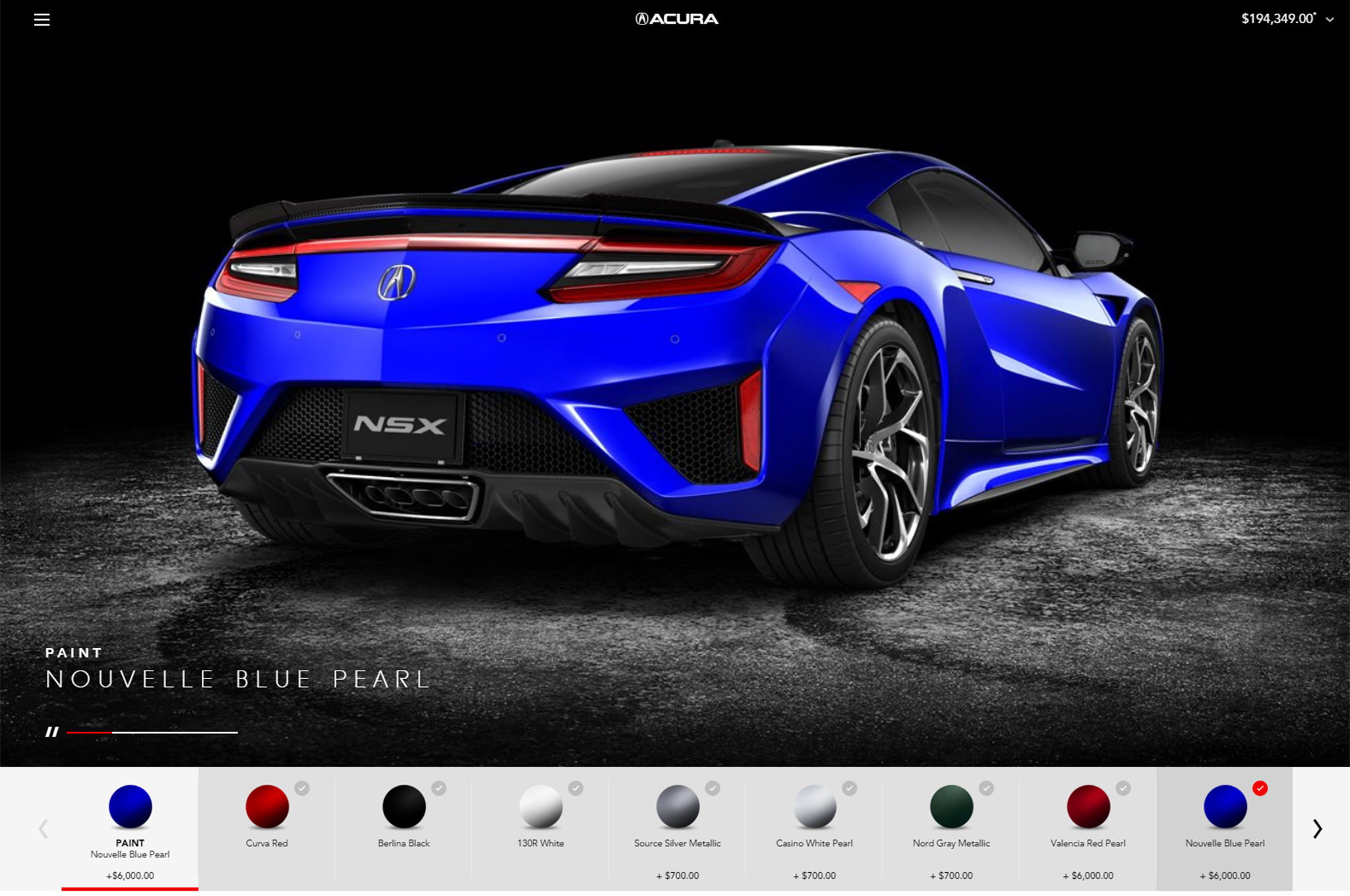Ubiquitous. It’s a word we seem to be proud of in technology. It means technology products are everywhere. Proliferation is in full effect and on the surface, as a technology professional, that probably sounds amazing. However, when technology is everywhere, it’s actually nowhere. The flip side is that ubiquity can also be defined as “commonplace,” and that word is not one we should be super excited about as an industry.
People in the U.S. spend an average of 7.4 hours per day looking at screens and have access to any content they desire by reaching into their pocket and pulling out a smartphone. So, what we should be asking is “How do we create technology experiences that grab people’s attention and engrain themselves in people’s memory to create a call to action?”

Barry Ross Rinehart, executive creative director of Florida-based Multi Image Group, believes he has the answer: novelty. “There’s a misconception that a particular sense is more memorable than another,” he said. “The truth is, it’s the novelty the makes something more memorable.”
Now, if Rinehart’s name sounds familiar, it should. He was one of the thought leaders featured at InfoComm 2017’s TIDE (Technology. Innovation. Design. Experience.) conference. He made quite an impression on the AV community during that time, mainly because of his unique experience and knowledge of creating engagement through technology.
He went on to say, “All of our senses are working like radars scanning for chemicals in the air, searching for movement, particular colors, sounds, changes in the barometric pressure, and so on. When something unique occurs, it grabs our attention.”

Therefore, our goal as technology professionals isn’t just to engage more senses, but to continually do so in new ways. According to Rinehart, “Through a process called habituation, the brain will literally erase the repeated stimuli (which is why we don’t see our nose in our vision all the time). The opposite is also true. The brain will only remember extraordinary experiences.”
It’s a long-known and often-stated fact that by combining senses we increase the retention of our messages. Some models show this effect as an additive, being the sum of its parts, and others as multiplicative, or multiplying the effect. In any case, it’s not the exact percentages that matter; everyone seems to agree that adding more stimuli across various senses is beneficial if you want to get noticed and have your message remembered.
Audio and video have been used together for quite some time to accomplish these goals, but Rinehart encouraged us to think outside that paradigm.

“We were taught as kids that we only have five senses, but humans actually have dozens of different types of sensory receptors,” he said. “All of them are hard-wired into different parts of our brain. It’s simple math. The more senses activated, the more synaptic connections in the brain sparked. Your odds have just been greatly increased that some event will be remembered now. So, thinking strategically about connecting and engaging other senses with your brand or message [e .g., gustoception (taste), olfactoception (smell), proprioception (sense of space around you), thermoception (temperature), mechcanoception (vibrations), and more] will naturally open up some rewarding possibilities.”
In recent years, the sense of touch has also gained a foothold in the audiovisual world as a driver of memorable experiences. In fact, judging by the fingerprints seen on displays in public spaces, the default expectation of many people is that every screen is a touchscreen. But why is touch such a powerful tool and so effective in creating engagement?

Matt Cutone, founder and CEO of touchpanel agency Horizon Display, has some ideas. “The greatest benefit with interactivity and touch is that it allows that experience to become conversational,” he said. “Rather than it being a one-way street, it’s a two-way street. Through interactivity a user can create his own navigation path and a more personalized experience.” In short, by providing the audience agency, or the ability to control the path of the story and focus on content that is more relevant to them personally, you create a lasting impression.
Here’s a metaphor to further drive this point home: Touch turns the passengers into drivers, putting the steering wheel in their hands and making their journeys much more memorable.
Cutone was also quick to point out that engaging the sense of touch alongside those of sight and sound “helps to drive brand engagement, enhance the user experience, and also provides all the useful data that’s critical for ROI.” That data can be used to continually increase the effectiveness of the technology and messaging, making it more memorable and effective in every iteration.
Ultimately, people encode experiences better when in emotional states. We not only remember what happened, our explicit memories, but also how things felt, or our implicit memories. Memorable technology experiences leverage this, by creating an increasingly emotional state and then delivering messages and content right before the emotion peaks. Rinehart talked about this as well, and used the science of brain chemistry to drive the point home.
“When our senses trigger a connection of neurons in our brain, those connections are made by molecules traveling over this small gap between the two synaptic points. These chemicals are called neurotransmitters,” he said. “So, as certain senses are stimulated, certain chemicals are released. Those chemicals create the emotions we feel. Again, the more extreme the spikes or valleys of these chemical levels, the more memorable a particular experience will be.”
It’s clear that to cut through the noise requires engaging more senses, providing agency, and creating novel experiences that stir our emotions. But what if we are trying to escape the noise altogether?
The Harvard Business Review wrote a compelling piece about “collaborative overload” about two years ago, but, since that time, businesses have started to create more “me” spaces that allow employees to disengage. This trend isn’t limited to corporate America; similar spaces have been created in hotels, convention centers, and malls across the country.
Interestingly enough, technology can actually play a large role in escaping technology. Given that, technology providers should look to create an “escape pod” strategy that would not only include ways for people to share their music from personal devices on installed sound systems and utilize sound masking to eliminate potential outside distractions, but that would also go beyond the obvious.
Installers could create lighting scenes and moods with controllable, color-changing LED lights. Install content management systems that allow someone to choose the sounds of the beach and paint the walls with light to simulate a gradually changing sunset scenario, while a projection-mapped wall plays a realtime video of a California sunset. Escape rooms don’t have to be sensory deprivation chambers. In fact, leveraging what we learned about emotion and memory above, recreating pleasant memories in these spaces by transporting someone to another place can trigger the brain to feel calm and peaceful just like they did when they were actually there.
Mark Coxon, CTS-D, CTS-I is an AV industry veteran with over 15 years of experience in designing and selling audiovisual systems. He can be found on Twitter @AVPhenom.
